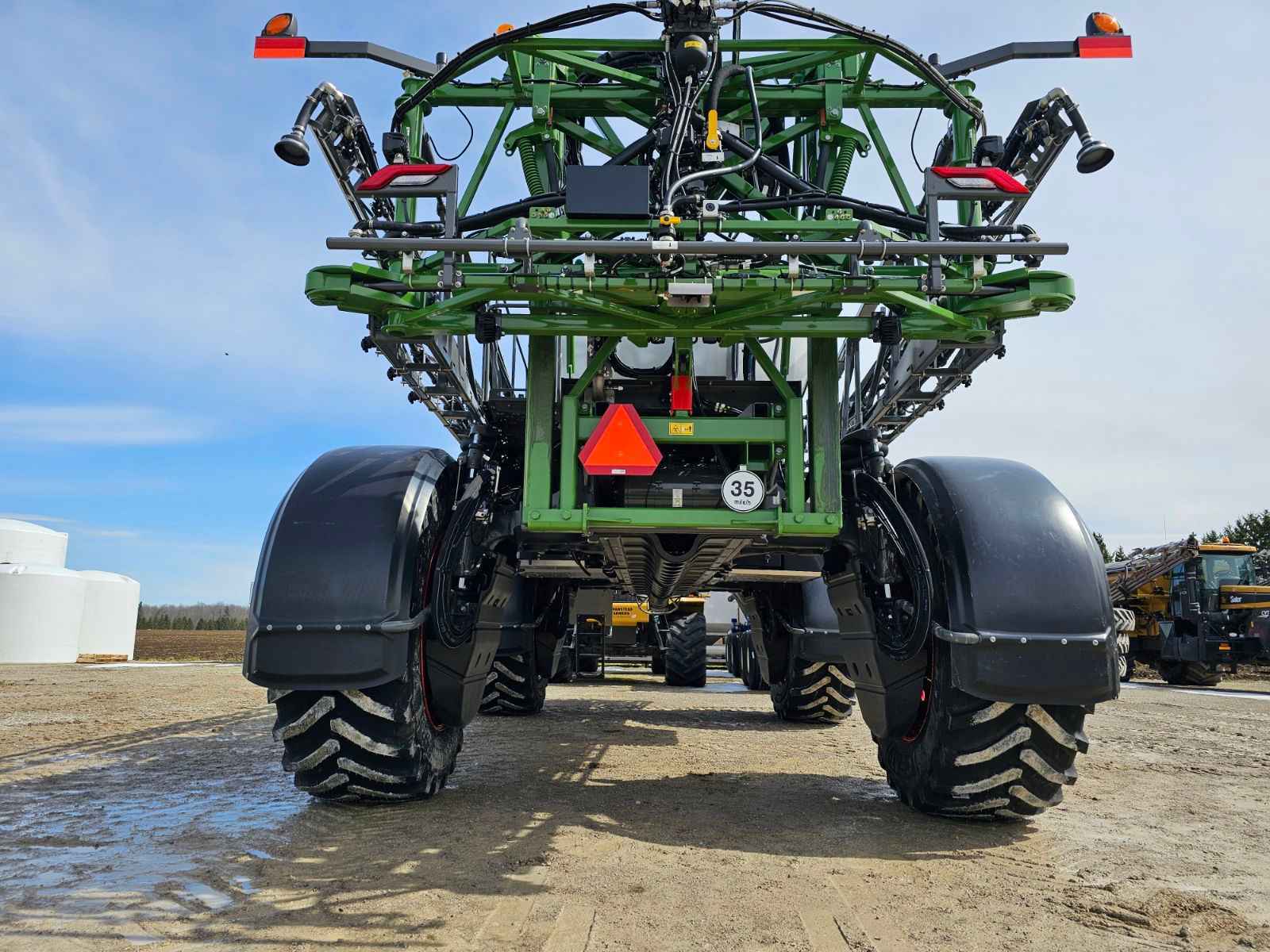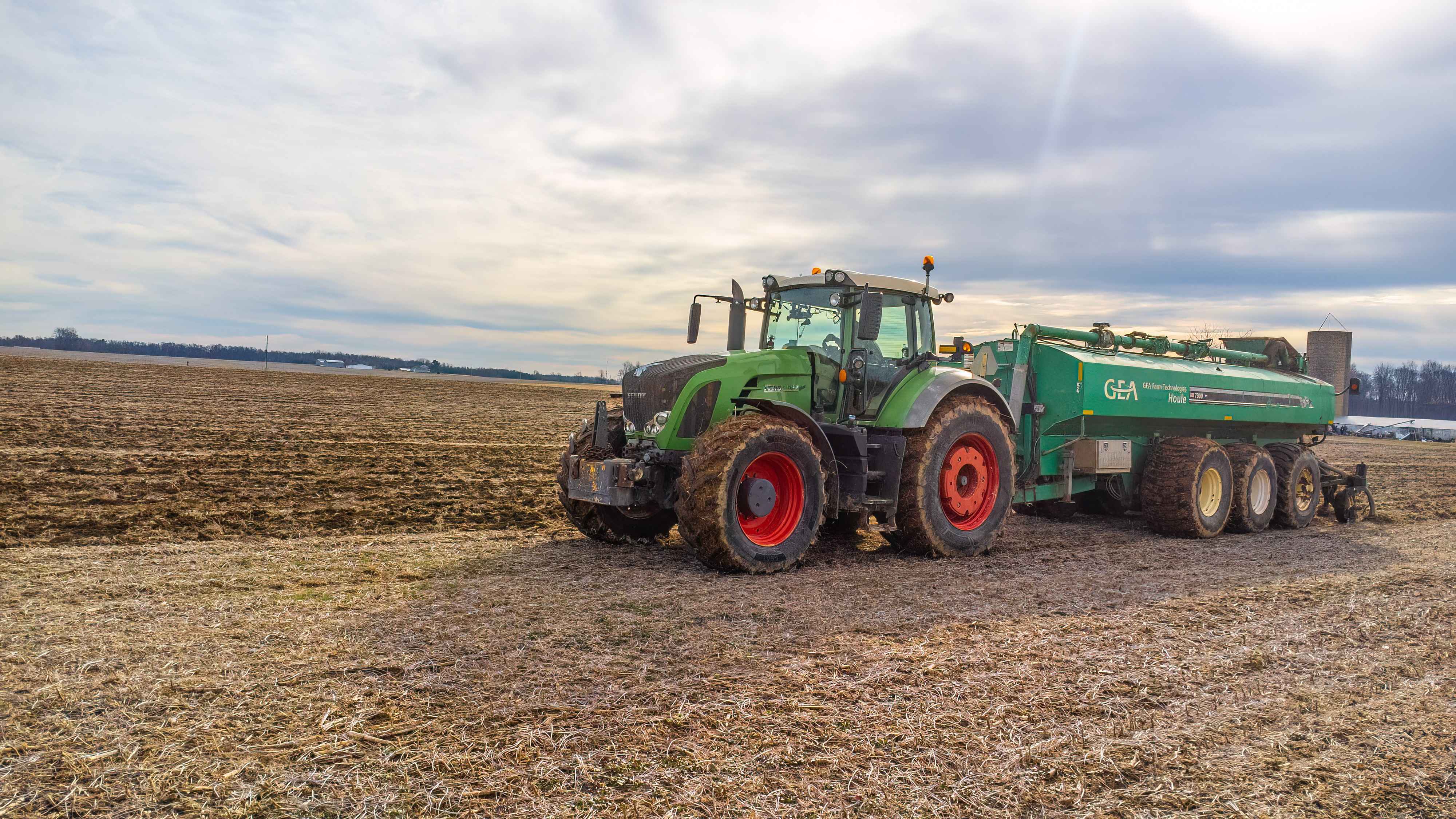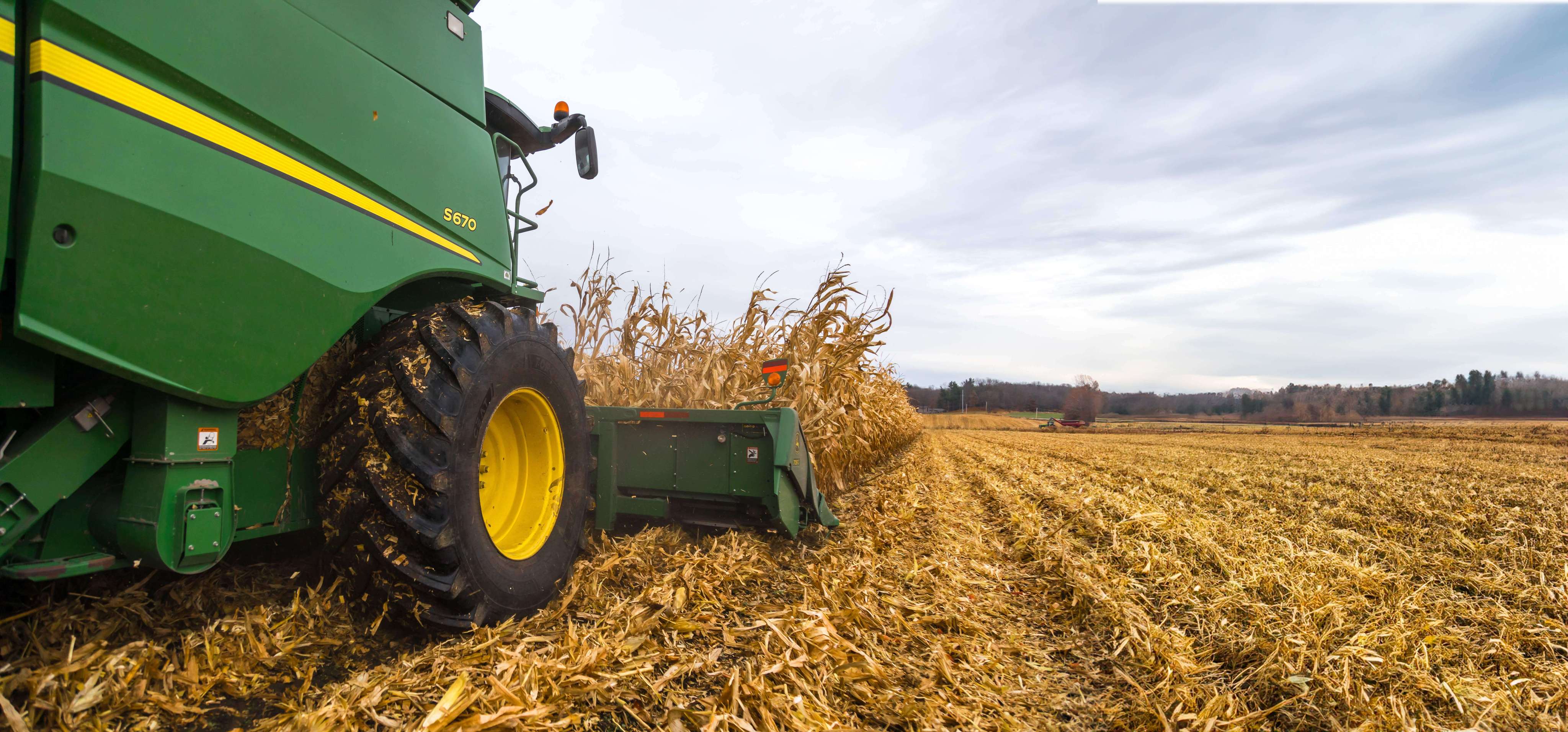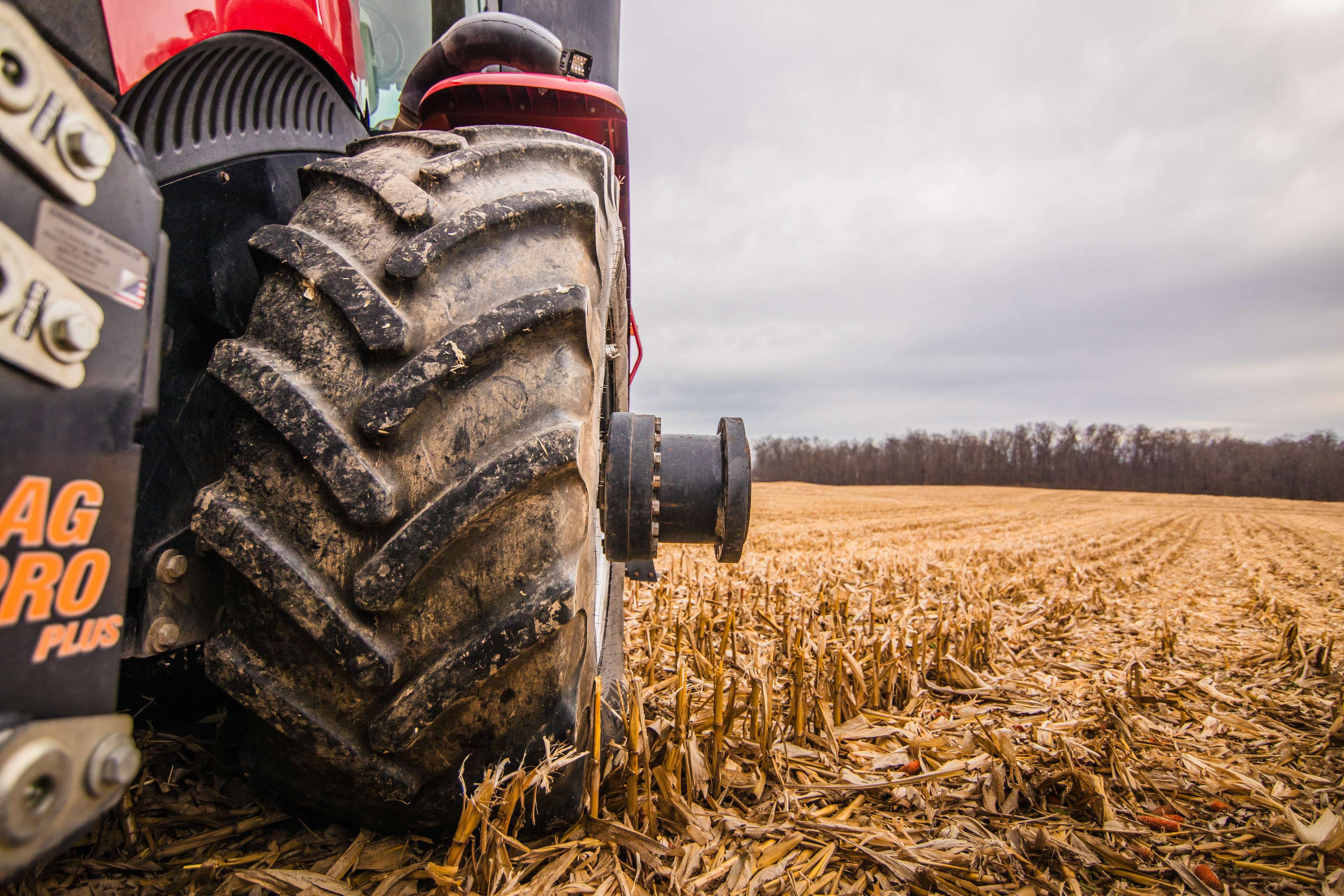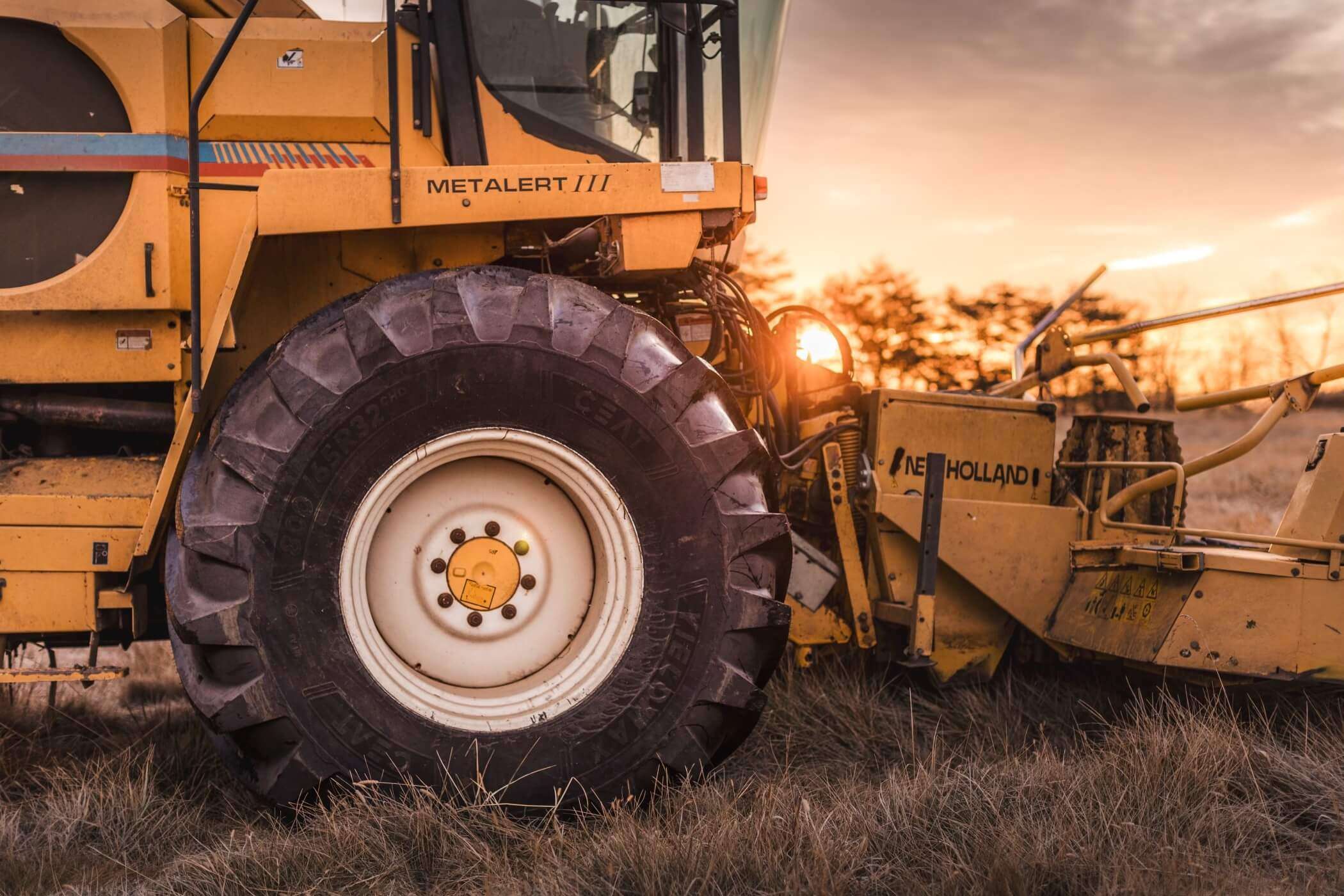ceat-speciality:blogs-tags/all,ceat-speciality:blogs-tags/tire-advice
TOP 10 Tractor Tire Care Tips
Wed, 23 Mar 2022 | PRODUCTS
Farm tractor tires and implement tires represent a significant portion of any farm’s operating budget, so it makes total sense to get as much wear and performance out of your tires as possible.
Here are 10 tractor tire maintenance tips to help you maximize your tire investment:
Study the manual – Understanding the equipment and tire manuals will help you identify the do’s and don’ts. Manuals list the basic instructions on vehicle and tire care, as well as advice on troubleshooting frequent problems.
Learn about your tires’ specification – There’ a wealth of information in the tractor tire’s specifications, including its height, width, diameter, model number, size of the tractor tire, and the recommended tire pressure and weight. Here’s a related blog post on reading a tire sidewall.
Inflate properly – Nothing is more important than keeping your farm tires properly inflated. A tire operating outside of the specified inflation range is a problem waiting to happen – probably sooner rather than later. The farmer may have a tire not suited for his or her application, or the farmer may need to adjust the speed or load to ensure the tire is operating within these boundaries. Damage is inflicted on any tire that operates outside of these limits and will eventually lead to failure.
Inflate to the air pressure that is appropriate for the most demanding application for each tire. This critical information is contained in the tire manufacturer’s data book. The load and inflation tables show the speed range, inflation range and the load range for each tire.
Regularly check air pressure — Air pressures should be taken when the tractor tires have not been running and considered to be at a “cold” temperature. Checking tires first thing in the morning is best since they have been sitting overnight.
Air pressures taken after the tractor tire has been running will be higher than the “cold” air pressures and can be misleading. If you reduce your pressure after taking a warm inflation pressure, you likely will end up in an under-inflation situation. Under inflation of any tractor tire can result in sidewall deflection that extends beyond the deflection parameters of the sidewall, resulting in tire damage.
Don’t overload tractor or implement – Each tractor tire has a load capacity as mentioned above. Carrying load that is way above the recommended load for the tractor or implement will cause damage and increase the tread wear rate. This critical information is contained in the tire manufacturer’s data book.
Visually inspect tractor tires – Look for abnormalities in the tread pattern and sidewall, such as bulges cracks and tears. Also, if you see signs of irregular wear in the tread, this could mean the tire is not being used properly for the application (most often is under inflated) or there is an issue with the equipment. Either way, detecting irregular wear early will help you correct the problem before too much damage is done. Your implement and tire dealers can help you evaluate.
Clean tractor tires before storing – Properly storing your farm tires over the winter or when they are not in use will certainly extend their life. The first step is to clean them before storage.
Tractor tires typically accumulate brake dust, road grime, and dirt. This gunk can be harmful to the tire if it is allowed to stay on for extended periods of time. Use soap, water and a good tire brush. Then wipe the tires down completely and allow them to air dry.
Place tractor tires in airtight storage — Once your tires are clean and dry, store them in an airtight bag. Airtight storage is necessary to prevent the lubricating oil within the tire from evaporating during storage. The best airtight containers to use are airtight plastic bags like lawn or garden bags. When you place the tires in these bags, try to get out as much air as possible.
Store them upright in a cool, dry place — Store tractor tires in an upright position, not lying down flat or stacked if possible. Make sure to keep them in a cool, dry place away from the sun. Click here for informative video on tractor tire storage.
Watch the speed – Farm tractor tires are spending more and more time on the road these days as farmers work tracts that are more spread out. Most farm tires have a maximum speed rating of 25 miles per hour or less. When drivers go faster than their recommended speeds, they generate an excessive amount of heat in the tires. This heat breaks down the rubber in the tires, separating interior liners and belts. Not a good thing as you can imagine!
Overall, use the tire manufacturer data book and your trusted tire dealer to help you develop a consistent tire maintenance program that will save you considerable dollars.





